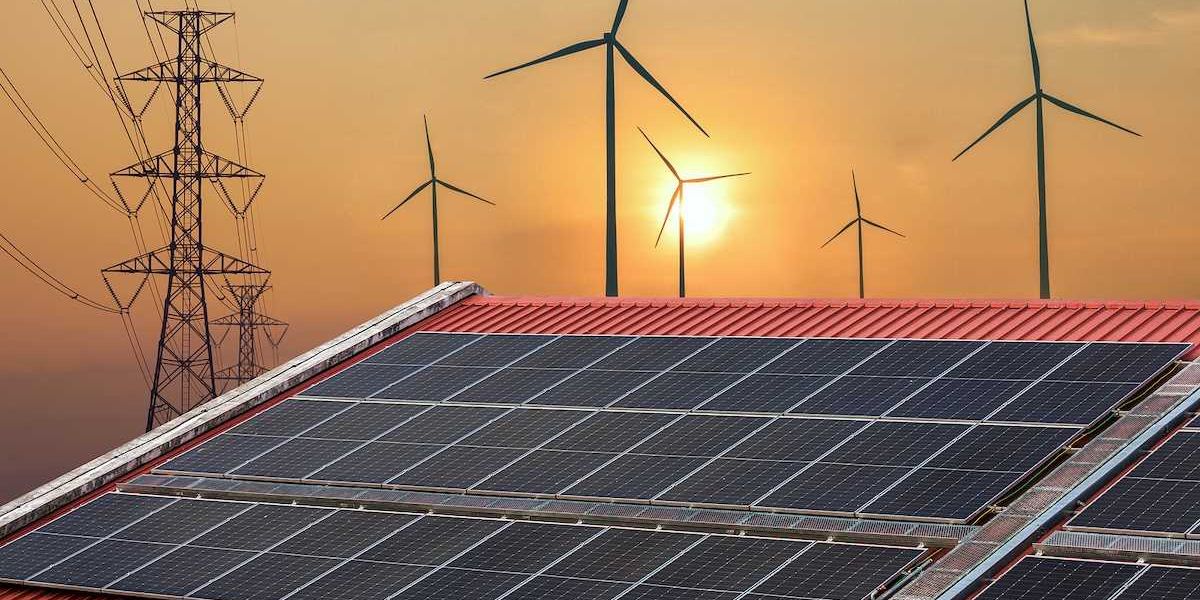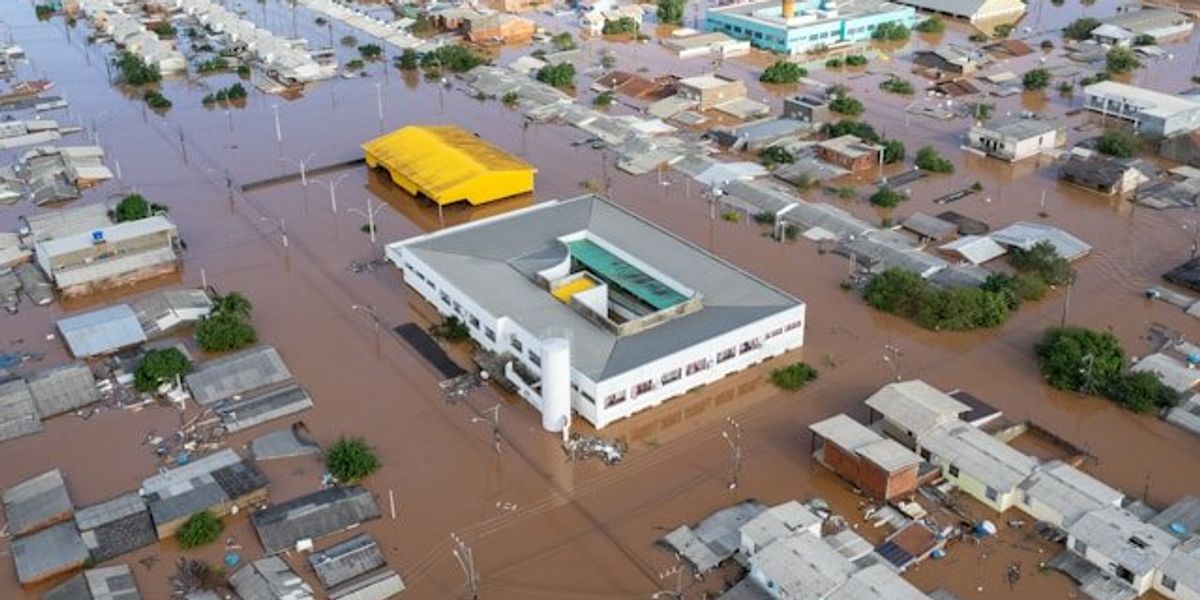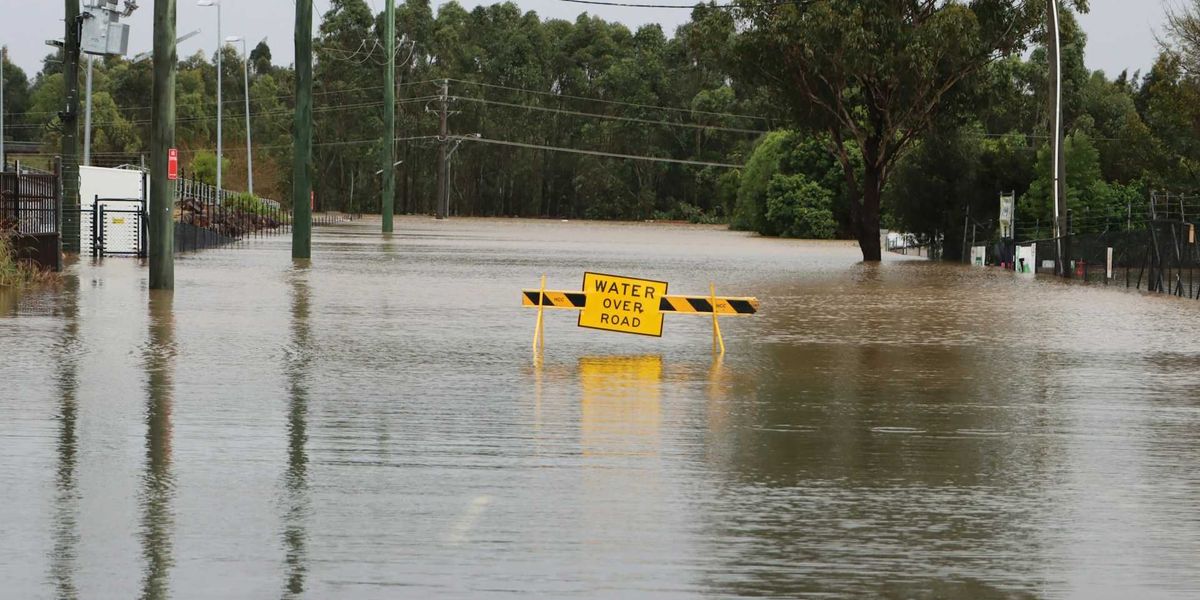Proposed Transco pipeline expansion would escalate air pollution near North Carolina communities
A pipeline expansion spanning five Southeastern states would significantly increase toxic air emissions in North Carolina towns already burdened by poor air quality.
Lisa Sorg reports for Inside Climate News.
In short:
- Transco’s Southeast Supply Enhancement Project (SSEP) includes upgrades to two compressor stations in Lexington and Mooresville, North Carolina, which would boost emissions of greenhouse gases and pollutants such as benzene and formaldehyde.
- Communities near the compressor stations already face some of the highest levels of particulate matter, ozone, and air toxics in the state, according to U.S. Environmental Protection Agency data; nearly half of the Lexington-area residents are low-income.
- The pipeline route includes a federally defined “blast zone” that contains homes, schools, parks, and medical centers, raising concerns about public safety and environmental justice.
Key quote:
“This proposed massive methane gas project would add more pollution and health risks to North Carolina communities already struggling with poor air quality, compared to the rest of the state.”
— Caroline Hansley, campaign organizing strategist at Sierra Club
Why this matters:
Natural gas compressor stations emit a mix of pollutants — including nitrogen oxides, particulate matter, volatile organic compounds, and carcinogens like formaldehyde and benzene — that can worsen respiratory conditions, raise cancer risks, and degrade quality of life. North Carolina towns like Lexington and Mooresville, already facing high levels of fine particulate pollution and ozone, risk becoming environmental sacrifice zones if emissions from the Transco pipeline expansion proceed unchecked. The pipeline’s “blast zone” encompasses homes, schools, and care facilities, exposing vulnerable populations to potentially fatal infrastructure failures. These communities also face cumulative impacts from existing fossil fuel operations, making regulatory decisions about this project a test of environmental justice commitments.
Related EHN coverage: Derrick Z. Jackson: Environmental racism in action













